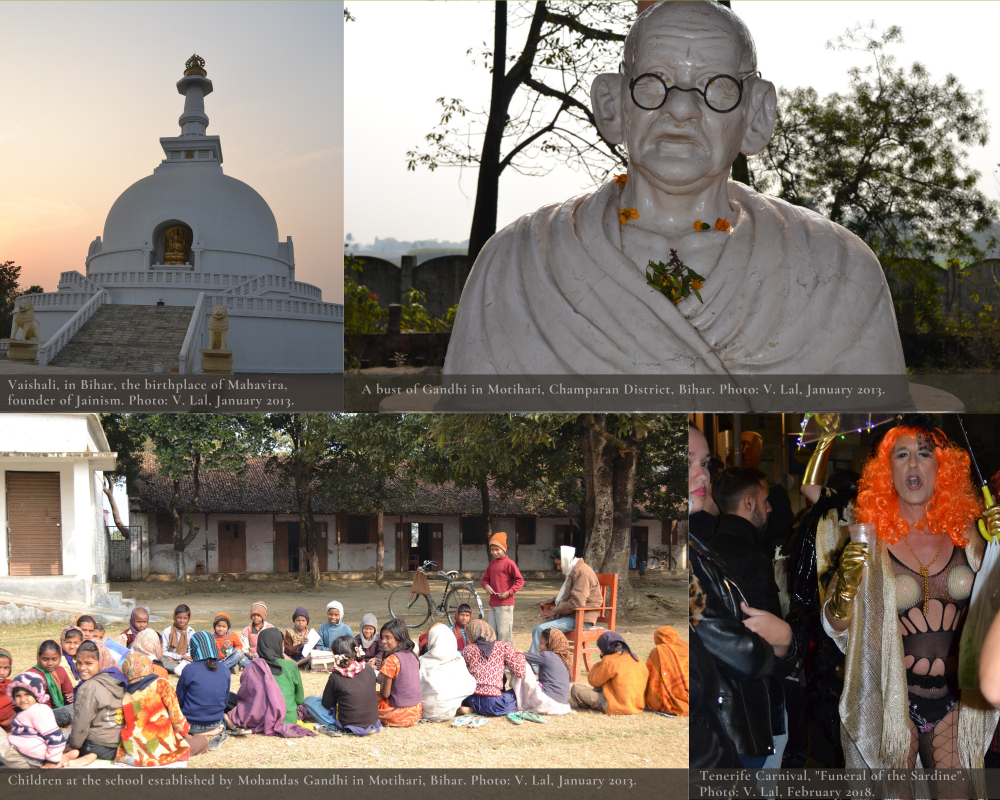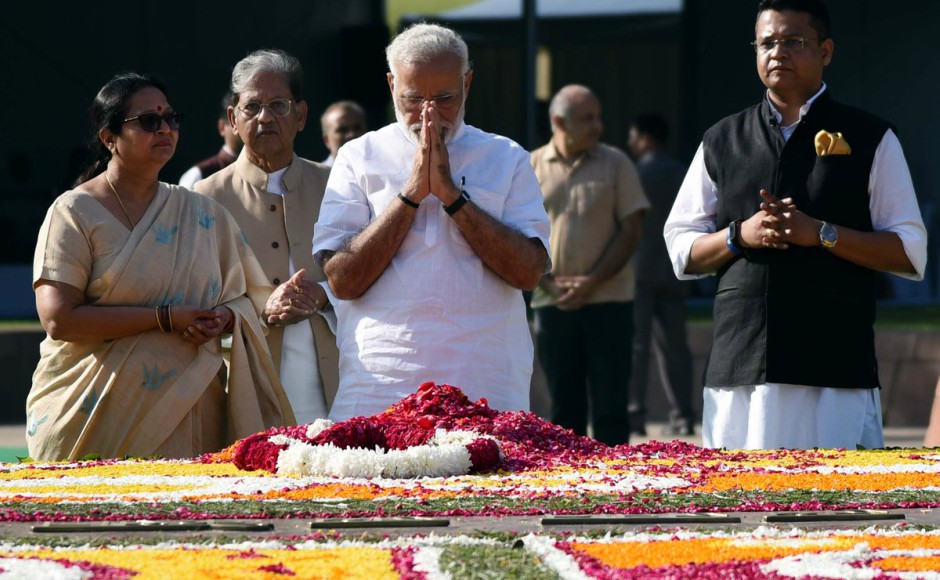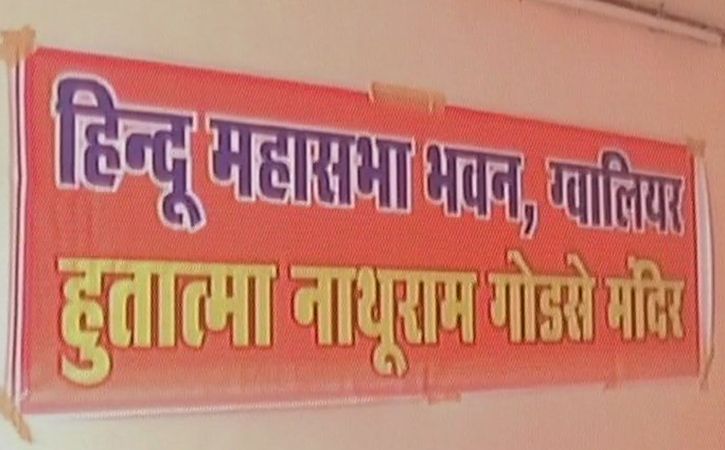Part II of Udham Singh: A Colonial Massacre and the Birth of a ‘Revolutionary’
Sardar Udham is curiously both an ambitious film that is lured by the idea of the epic and at the same time marred by a profound unself-reflexivity and insularity that also characterized Udham’s own life. To say this much is already to invite the wrath of those who have canonized Udham as a great shaheed, a worthy addition to the country’s gallery of martyrs, but the film inadvertently furnishes grounds for taking the view that however courageous Udham may have been, he worked with a very limited if not impoverished conception of ‘revolution’. The film does not purport to be a full-length biography, but it is tempted into being one. The viewer acquires no knowledge of his life before the massacre, except for the fleeting remarks shared between police officers about his childhood at an orphanage after the loss of both his parents at an early age. Attempts to claim Udham as a Khalsa Sikh doubtless also have something to do with the fact that he was raised at the Central Khalsa Orphanage from 1907 onwards. The film commences in 1931, when Udham was released after four years in jail after being caught with a cache of arms and prohibited political literature which led to his conviction under the Arms Act. We see Udham moving from one country to another, assuming aliases, taking up jobs in which he had little interest but which apparently allowed him time to foment his plan to assassinate O’Dwyer. Udham worked in various factories, as a peddler, carpenter, and engineer, and even as a lingerie salesman and as an extra on a film set. Throughout his adult life, the film suggests, Udham remained laser-focused on his objective just as Bhagat Singh remained his idol. Whatever the vicissitudes and setbacks of life, Udham never lost sight of the objective he had set for himself, and similarly it is the teachings and memory of Bhagat Singh that animated him. Just why it took him more than twenty years after the massacre, and some seven years after his arrival in England, to snuff out O’Dwyer’s life remains something of a mystery. But what is even more striking is that Udham does not appear to grow very much in these years: he was never a very lettered man to begin with, and where Bhagat Singh was to the end of his young life—he was sent to the gallows at the age of 23 in 1931—a keen if not voracious reader, Udham does not seem to have had any attachment to books. The only book that left an impression on him was Heer Ranjha, perhaps in the rendering of Waris Shah, and it on this book that he chose to take an oath when he was put on trial for the murder of O’Dwyer.

It may be that, in Sircar’s own view, some of Udham’s movements do not quite add up to the main narrative, but their omission from his film point perhaps to Udham’s provincialism and certainly to the filmmaker’s own inability to comprehend the place of the wider Indian diaspora in the making of Udham Singh. The film is silent on Udham’s intriguing years in Africa—according to some accounts, in Nairobi, and more likely in Uganda, where Indian labour was the backbone of the railways—where the young political rebel could conceivably have developed a sharper sense of the solidarity of the working class. Even more tellingly, Udham’s first long trip to the US in 1924, resulting in a long stay of three years, is omitted from the narrative. Udham is said to have become involved with the Ghadar movement in the US, but the American sojourn also netted him a wife—a Mexican woman, no less, if only because the Johnson-Reed (Immigration) Act of 1924 and other anti-Asian legislation shut out virtually all Asians from the US and compelled Indian men already in the US to take Hispanic women for their brides. The only half-decent biography of Udham by Anita Anand, The Patient Assassin, furnishes more details than we have ever had of Udham’s life with Lupe Hernandez, whom he deserted, along with their two children, when he left the US in 1927. Apparently Udham’s many supporters seem to have swallowed whole the notion that revolutionaries can be forgiven not only their excesses but such derelictions of family duty and parental responsibility if for no other reason than that making “revolution” is a forbidding task and that revolutionaries must not be subjected to the standards of bourgeois society. In the US, in any case, Udham would for some time have been part of the Punjabi-Mexican community, though we can also locate him in the vortex of what the scholar Vivek Bald has charmingly described as ‘Bengali Harlem’, a network of Indians who merged into Puerto Rican, Hispanic, and African American communities where present-day Global South solidarities were anticipated in their own fashion. These already elusive histories do not even leave a trace in Sircar’s film.

Udham Singh’s comings and goings may suggest to some that he was a man of cosmopolitan interests, or a theorist of revolution who was inspired by the idea of contributing to a worldwide upheaval of the working class, but this would be a very charitable interpretation of a peripatetic existence that remains something of an enigma. To be sure, the film hints that Udham was aware of some of the immense footprint of the British empire, and he would have come to know that the Irish were among those who had withered under English oppression. He was at one time even a gunrunner for the Irish Republican Army (IRA), and in one scene he tells an IRA man, ‘We had our Bloody Sunday’, a reference of course both to the Amritsar massacre and to the killings of civilians by British troops at a football match in Dublin in 1920 during the Irish War of Independence. In his broken English, Udham explains to the Irishman, ‘Your revolution and mine are the same. You lamb, I lamb: the butcher the same.’ But there is no hint that, in twenty years of this itinerant living, Udham derived a keener understanding of the struggle in India, or that he arrived at fresh insights after his interactions with the working class and communist political activists in Africa, Europe, and the United States. Udham’s links to the Hindustan Socialist Republican Army (HSRA) were largely through Bhagat Singh, though the precise historical record of their association is tenuous at best, and even Udham’s activities as a HSRA member were quite limited. He seems in the film to go in and out of shadowy meetings with self-styled revolutionaries in Moscow and London, and there is much talk of ‘revolution’, but slogans do not make a revolution. Indians, V S Naipaul would have said with his characteristic cynicism, are exceedingly good at shouting and sometimes coining slogans; but what is the more surprising thing is how many academics have been taken in by stories of the gallantry of the HSRA, which was as much of a slogan-making factory as it was a bomb-making workshop.
‘Let the world know’, Udham says to detective inspector John Swain at their last meeting before he goes to the gallows, ‘that I was a revolutionary.’ We are no wiser at the end of this film than we were at the beginning as to what is a revolutionary. Udham was in the vicinity of the massacre and, the film strongly avers, arrived at the blood-soaked Jallianwala Bagh later in the evening; and he then took an oath that he would avenge the massacre. He nursed this grudge for twenty-one years before felling O’Dwyer with shots from his revolver and thereby demonstrating his patriotism, but what is “revolutionary” about such a practice of politics? It is doubtful that Udham knew, but the one man who had reflected for decades on these matters, on political upheaval, violence, and the radical transformation of society, was Mohandas Gandhi. We do not need the life of Udham Singh to write about Gandhi; however, it is impossible to engage with either Bhagat Singh or Udham Singh except in the backdrop of Gandhi, who absolutely dominated the political scene and whose presence was inescapable to anyone who sought to enter into politics. One would not know this from watching the film, where Gandhi is mentioned but once, and from which the innocent viewer might walk away with the impression that freedom from colonial rule was wrought by a bunch of young boys and some girls wielding country-made guns and shouting themselves hoarse with the slogan, ‘Inquilab zindabad’ (‘Long Live Revolution’). The martyr’s supporters, no doubt, have little time to spare for Gandhi, who was as usual forthright and uncompromising in his denunciation of the assassination of O’Dwyer and the injuries inflicted on Lord Zetland (Secretary of State for India) and two other English politicians as an act of ‘insanity’ which had caused him ‘deep pain’. While expressing his condolences to ‘the deceased’s family’, Gandhi noted that ‘such acts have been proved to be injurious to the causes for which they are committed’ (Statement to the Press, 14 March 1940). Unlike the enterprising and brilliant if self-serving V. K. Krishna Menon, who at first unequivocally repudiated Udham’s act as ‘abhorrent’ but then engineered his appointment as junior counsel for the defence of Udham once he saw the enthusiasm with which expatriate Indians as well as Indians at home were willing to embrace the assassin, Gandhi remained consistent in adhering to the view that his differences with O’Dwyer and Zetland alike did not permit him to condone murder or an act of insanity. Writing a few days after the death of O’Dwyer, Gandhi described it as incumbent on the exponent of nonviolence to ‘make every Englishman feel that he is as safe in our midst as he is in his own home. It fills me with shame and sorrow that for some time at least every Indian face in London will be suspect’ (Harijan, 23 March 1940).
What Sardar Udham misses, in common with nearly every film that has ever been made on Bhagat Singh, the HSRA, and Udham Singh, is the opportunity to cast the relationship between these revolutionaries and Gandhi as something other than purely adversarial. It is Gandhi who was the principal author of the Congress Committee Report on the Punjab Disturbances, an extraordinary retort to the official Hunter Commission and a devastating indictment not only of the colonial machinery of repression but specifically of the culture of violence bred by both O’Dwyer and Dyer. O’Dwyer knew of Gandhi’s role in the making of the Congress report, and there is a point in the film where O’Dwyer, shown promoting his book, The India That I Knew (1928), critiques Gandhi for suggesting that he, O’Dwyer, had sought to suppress political consciousness among Indians. Whether Udham—and the HSRA revolutionaries—knew or even cared is an interesting consideration. But there is another point of intersection, one which often escapes the attention of commentators. Whatever his distaste for violence, and his principled repudiation of acts of political sabotage and assassination, Gandhi was adamant that the colonial state was never to be permitted to cast political acts as common crimes. Gandhi abjured the methods adopted by the HSRA, and even more so the rank opportunism of someone such as Vinayak Savarkar, but he recognized the political nature of their acts. It is this outlook which shaped even his relationship to Savarkar, whose tendency to political chicanery and encouragement of violence among others Gandhi deplored even as he saw it fit to state that Savarkar deserved attention as a political offender. Udham, one hopes, would have seen in Gandhi a supporter of his own adamant repudiation of the colonial attempt to cast him as a common criminal, as this exchange in the film between the prosecutor and Udham shows:
Udham: I was in jail for four years [1927-31]. But not for a crime.
Prosecutor: Why on earth would anyone be in prison for four years if they
had not committed a crime?
Udham: No, no, no crime. I was fighting – fighting for freedom . . .
(to be continued)
See also Part One, The Making of Sardar Udham: A Massacre, a Young Man, and the Burden of Revenge.















